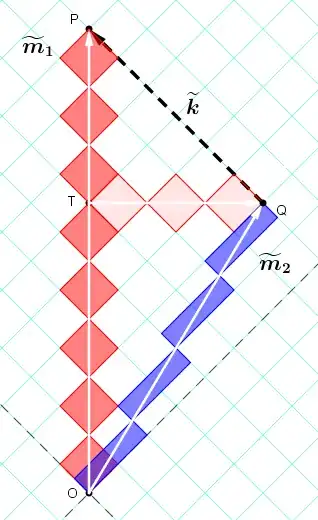The invariant mass of the electron does not change. However, free (isolated) electrons cannot emit photons. Emphasis on isolated. When we talk about electrons emitting photons, we usually mean a quantum mechanical system, that is, an atom, molecule or just a nucleus emitting a photon.
A single free electron cannot emit a photon
A single free hydrogen atom with electron in an excited state can emit a photon by spontaneous emission
A single free nucleus can emit a photon again by relaxation of its internal structure.
Can a free particle ever emit a particle?
Yes, contrary to popular belief, even nuclei (being QM systems comprised of quarks and gluons) can emit photons.
Now back to your question, whether the mass of the emitting QM system changes or not.
The answer is yes. The rest mass of the atom or molecule or nucleus (in its own rest frame) does get reduced by the amount of energy of the emitted photon (please note there are exceptions where a molecule's vibrational or rotational or translational energy is transformed into a photon).
Why? This comes from the law of conservation of energy. Now you are asking why the rest mass (of the QM system emitting the photon) decreases, and the mass energy equivalence shows you, that if the energy of the emitting QM system (atom, molecule or nucleus) decreases in its own rest frame (and it does when emitting a photon), then its rest mass has to decrease too. The electron's rest mass does not change, it is invariant.
